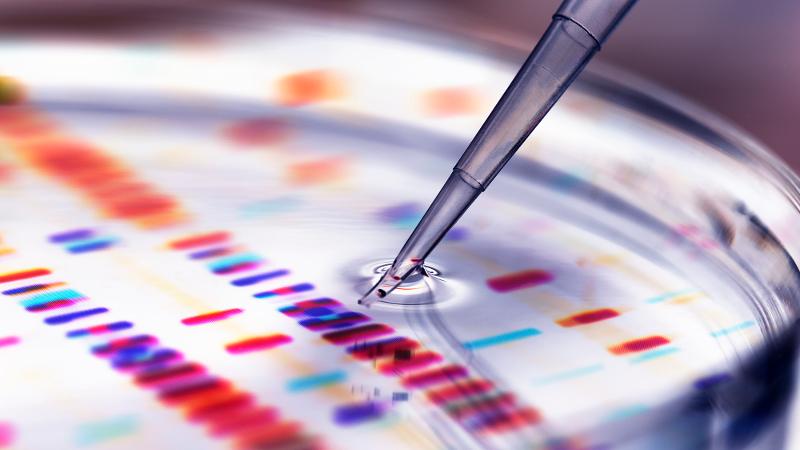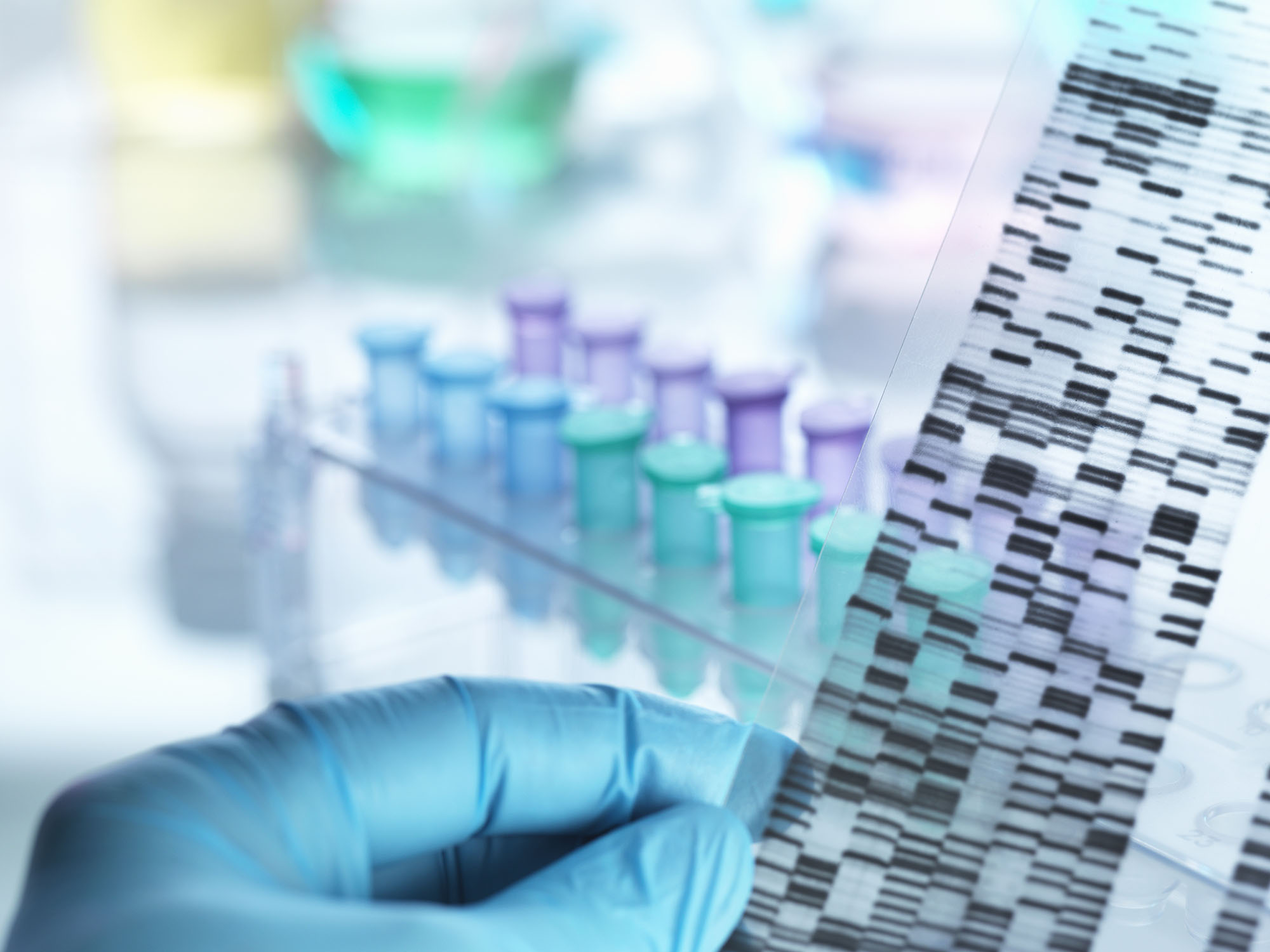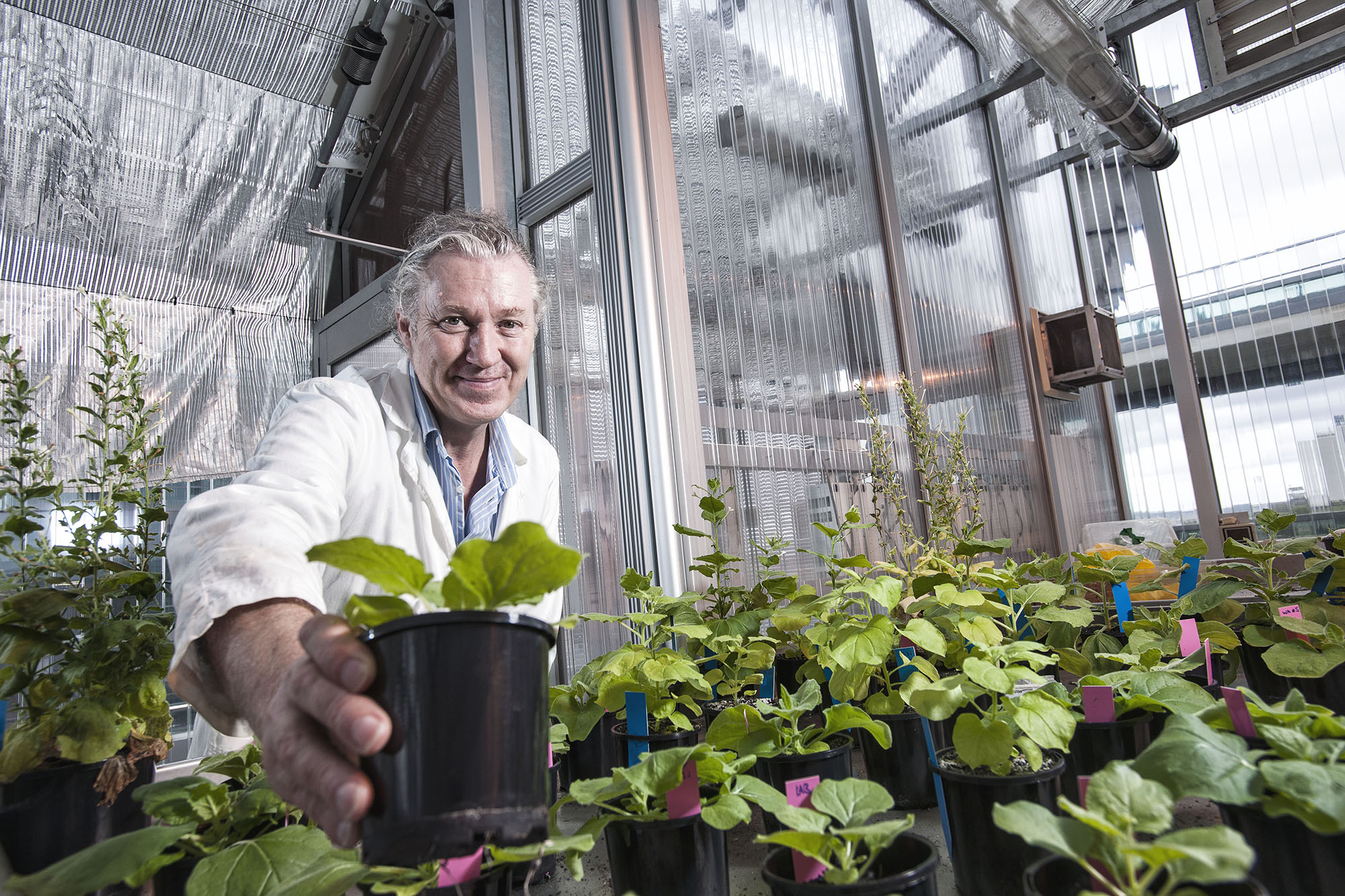
A QUT researcher has developed a roadmap for plant biologists who are increasingly turning to new genome sequencing techniques in a wide range of projects from boosting plant disease resistance to creating biofactories for pharmaceuticals and vaccines.
QUT Centre for Tropical Crops and Biocommodities Research Fellow Dr Hyungtaek Jung is the lead author of the article in the journal Trends in Plant Science. The research presents a “decision tree” that is a step-by-step guide to high-quality genome assembly depending on a project’s specific needs and resources.
The genome of a plant or animal is made up of chromosomes and each chromosome is comprised of a sequence of DNA nucleotides.
These nucleotides are like the letters spelling the words in a book, where the book is the genome and each chapter is a chromosome.
Instead of an alphabet of 26 letters, nucleotides only come in four types: A, G, C and T. The human genome “book” has 21 chapters (chromosomes) and is made up of about 3.1 billion letters (nucleotides).
When the complete sequence of nucleotides for the Human Genome was first determined, in 2003, it was from a 13-year project that cost about US$3 billion.
In the nearly 20 years since then, the technology has improved enormously and costs have plummeted. Today, the price of determining a human’s genome sequence is close to $1000.
This dramatic reduction in costs has made it feasible for small research groups, with modest budgets, to determine the nucleotide sequence of almost any genome they desire.

The technology works by reading the nucleotide sequence of stretches of DNA sequence which are then put together, by a computer, to create a single long sequence for each chromosome. In the early days, each stretch was about 600 nucleotides but today machines read stretches of up to 10,000.
Dr Jung gives the analogy of solving a puzzle.
“In the early days it was like trying to put together a jigsaw puzzle made up of tiny pieces but today the puzzle pieces are much bigger,” Dr Jung said.
Even so, putting the sequences together accurately into chromosome lengths is still a challenge.
Dr Jung said selecting the most appropriate platforms for a new genome project could be confusing and daunting because of the many available sequencing technology and software options.
“There is no golden rule to make a single solution,” Dr Jung said.
Dr Jung said the answer for genetic researchers looking for the “best” way to sequence a plant’s genes depends on a range of factors, including the size of the research budget and the access to different technologies.
Molecular Genetics Professor Peter Waterhouse, also from the Centre for Tropical Crops and Biocommodities and a co-author of the paper, said the field of genome sequencing had progressed in leaps and bounds since the original teams of researchers, with budgets measured in the billions, had first determined the human genome sequence.

“It cost an enormous amount of money and required an enormous team effort because the technology was in its infancy,” Professor Waterhouse said.
“Now, because of the technology and the price, it has become the domain of regular biologists. It used to be that only big international teams of molecular biologists and computer whizzes could do this sort of stuff.”
Professor Waterhouse described Dr Jung’s decision tree as an easy to understand user’s guide for regular biologists.








